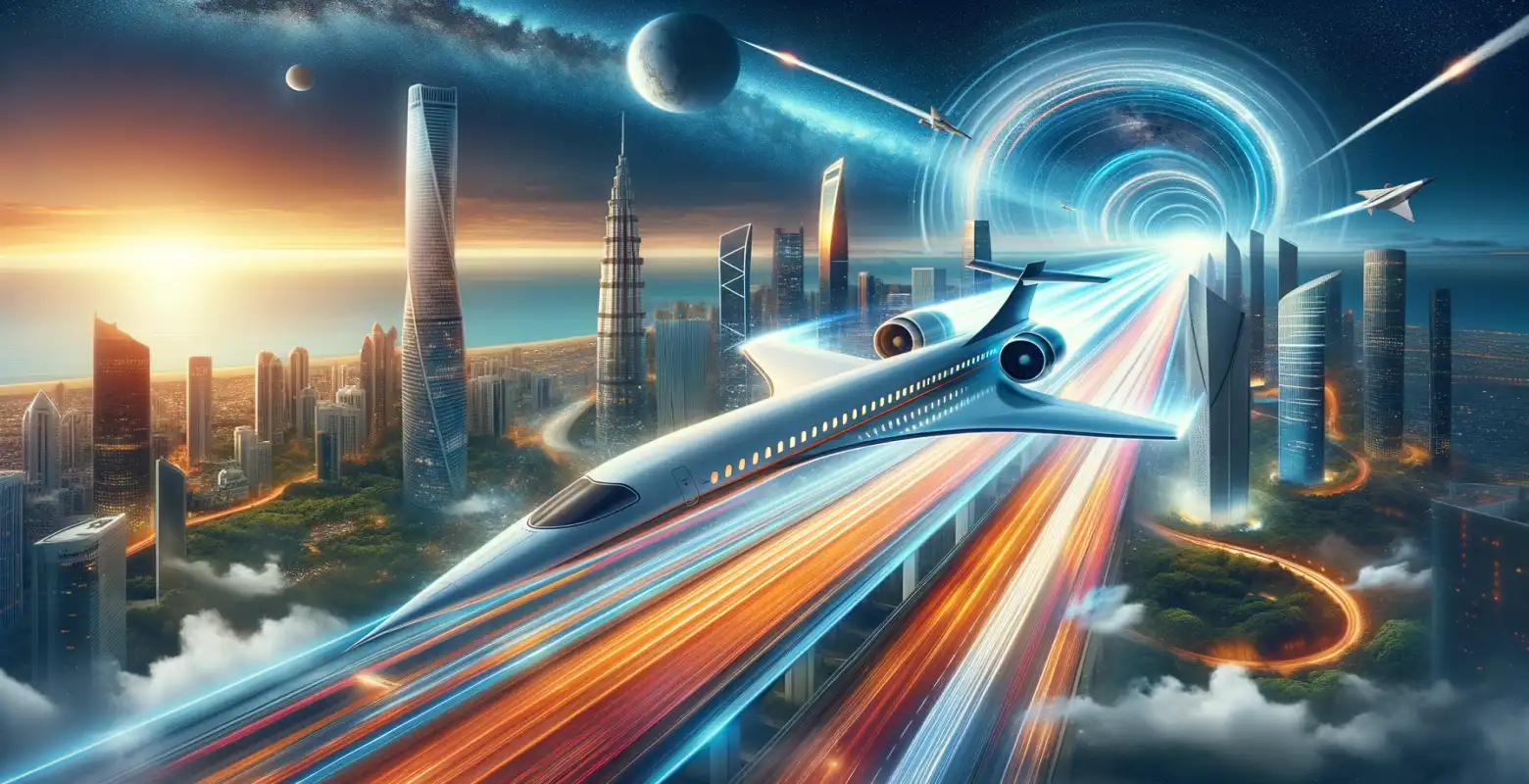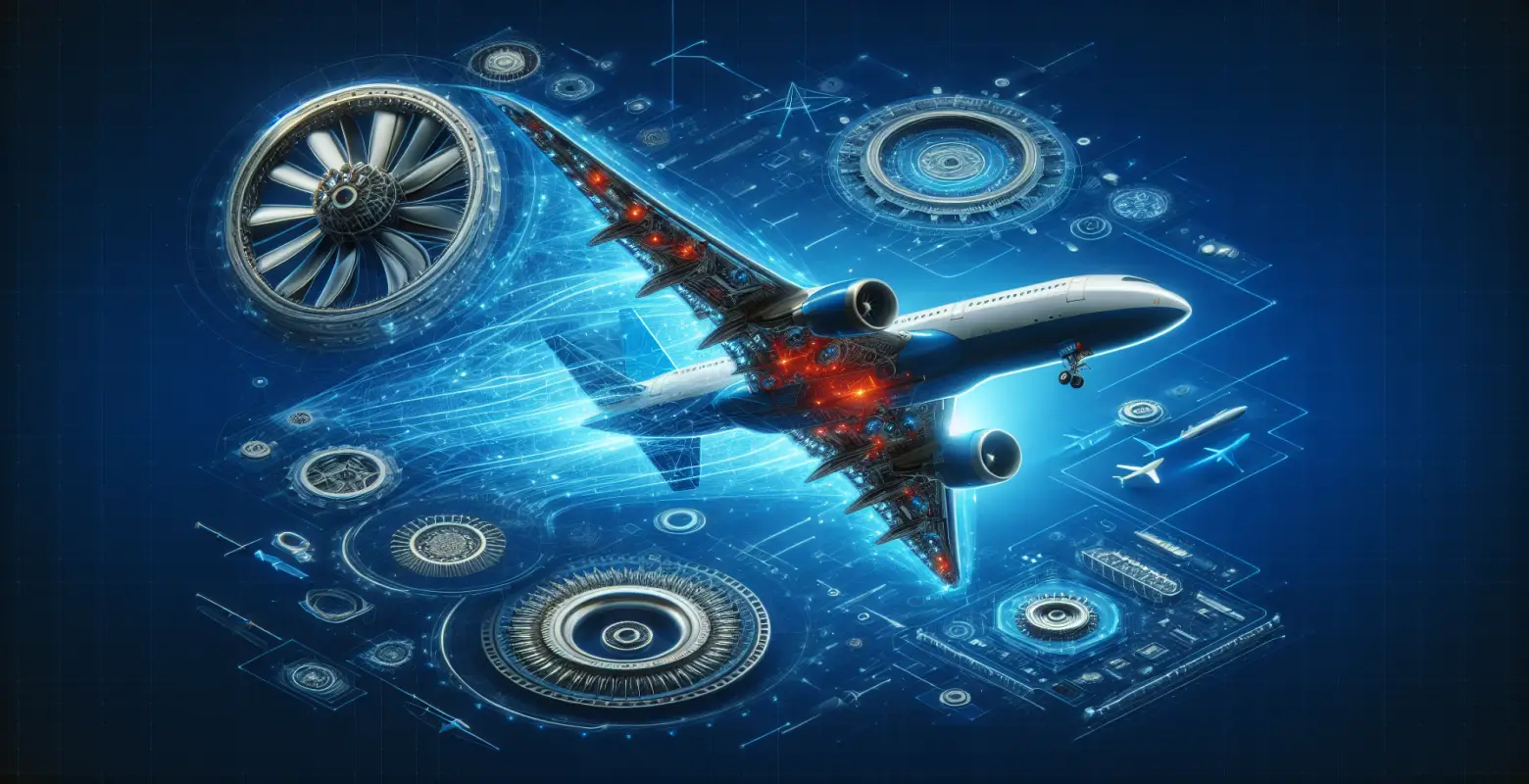Supersonic airplanes - the future of intercontinental travel
Introduction
In the era of globalization, where time becomes one of the most precious resources, intercontinental travel is a key element connecting different parts of the world. In this context, supersonic aircraft, which can drastically shorten travel time, are gaining importance. Although the last Concorde flight took place in 2003, the concept of fast, supersonic flights has not disappeared from the radars of engineers and aircraft designers. On the contrary, technological advancements and the growing need for fast transport act as a catalyst for the return of these machines to the sky. In this article, we will examine the future of supersonic aircraft, their potential benefits, and the challenges that stand in the way of their implementation for everyday use.
History of Supersonic Aircraft
The idea of supersonic aircraft was born in the mid-20th century, when countries competed in the development of aviation technologies. The most famous representative of this category was the Concorde, a French-British collaboration that made its debut in 1969. The Concorde was an icon of luxury and technology, capable of surpassing the speed of sound and transporting passengers from London to New York in under three and a half hours. Unfortunately, high operating costs, restrictions related to sonic booms, and the 2000 crash led to the end of its operation in 2003.
Technology and Innovations
The current approach to supersonic aircraft differs from that of the Concorde era. Modern projects focus on sustainable development, noise reduction, and fuel efficiency. Companies such as Boom Supersonic and Aerion Supersonic are working on new models that are intended to be more economical to operate and environmentally friendly. Boom Supersonic has announced the Overture project, an aircraft that is expected to commence commercial flights in the 2030s. Its design involves the use of modern composite materials that reduce weight and increase efficiency.
Benefits of Supersonic Travel
The main advantage of supersonic travel is time. Halving the flight time can be revolutionary for business, where time is money, and for private travel, where comfort and speed are a priority. Additionally, thanks to advanced technology, future supersonic aircraft will be able to fly at higher altitudes, avoiding turbulence and enhancing the travel experience.
Challenges and Limitations
Despite promising prospects, supersonic aircraft face many challenges. One of them is sonic boom, which occurs when breaking the sound barrier. Although efforts are underway to develop technologies to reduce it, such as changing the shape of the fuselage, it remains a problem to be solved. Another challenge is the production and operating costs, which may translate into high ticket prices. Finally, legal regulations regarding supersonic flights over land are restrictive, limiting potential routes.
Future of Supersonic Aircraft
The future of supersonic aircraft depends on technological progress, societal acceptance, and support from regulators. Investments in research and development can bring revolutionary solutions that will make these machines more accessible and environmentally friendly. Furthermore, international cooperation and harmonization of regulations can expedite their implementation.
Summary
Supersonic aircraft certainly have the potential to revolutionize intercontinental travel, offering not only shorter flight times but also new standards of comfort and efficiency. Although there are many challenges ahead, technological advancements and the growing demand for fast transport work in favor of this innovation. If current obstacles can be overcome, in the near future we may witness a new era in commercial aviation, where supersonic flights become commonplace. For passengers, companies, and the entire aviation industry, this means new possibilities and perspectives.






Number of comments: 0